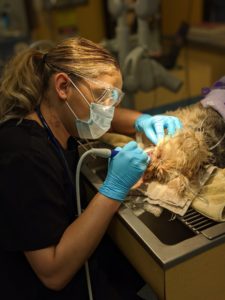
Picture this, you come home from a long day at work and your dog runs to greet you. You bend down and your dog covers you in wet slobbery kisses. We’ve all experienced something like this right? Then we’ve also all experienced bad dog breath! Similarly, for cat owners we’ve all smelled their bad breath as they rub their faces on us. Bad breath is one of the easiest and most recognized symptoms of dental disease in your pets. According to the American Veterinary Medical Association, 80% of dogs and 70% of cats have some form of periodontal disease by the age of 3. But why is all of this so important?
Dental disease is more than just a cosmetic issue. When a pet has red gums, yellow teeth, and stinky breath, it could be a sign of serious oral disease that could, if left untreated, lead to devastating effects on your pet’s quality of life. Dental disease can impact your pets’ ability to eat, cause infections in other areas of the body, and cause problems with other internal organ functions. This is why it’s vital to have your pet’s teeth evaluated yearly by a veterinarian for signs of a problem and to have routine dental cleanings with your veterinarian.
Proper Veterinary dentistry includes the evaluation of all teeth, radiographs to evaluate the health of the jaw and tooth roots, cleaning, and filing or extractions. This whole process is similar to what we experience at our own dentist except all of this is done under anesthesia for your pets. Why you ask?
When you go to the dentist, you know that what’s being done is meant to help you and keep your mouth healthy. Your dentist uses tries to minimize pain and discomfort and is able to ask you how you are feeling, so you accept the procedures and do your best to keep still. Your pet does not understand the benefit of dental procedures, and he or she will react by moving, trying to escape, or even biting. (American Veterinary Medical Association, 2020) Anesthesia makes it possible for Veterinarians and Veterinary Nurses to perform the dental procedures and there is less stress and pain for our pet. It also allows for a better cleaning because the pet is not moving. Dental radiographs also require your pet to be very still which is next to impossible without anesthesia.
Your pet’s dental health is a very important part of their overall health. If you notice bad breath, broken teeth, bleeding from the mouth, or reduced appetite these are all signs that your pet needs to have his or her teeth evaluated by a Veterinarian. We would be more than happy to help, give us a call!
Works Cited
American Veterinary Medical Association. (2020). Pet Dental Care. Retrieved 2020, from American Veterinary Medical Association: https://www.avma.org/resources-tools/pet-owners/petcare/pet-dental-care

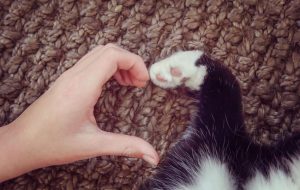

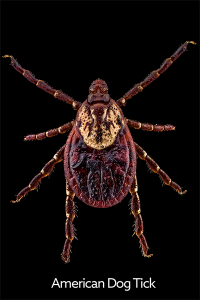
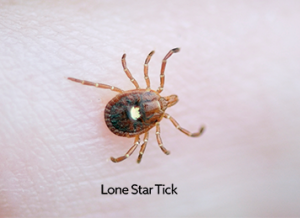
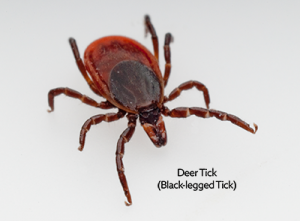
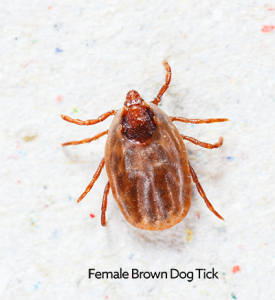
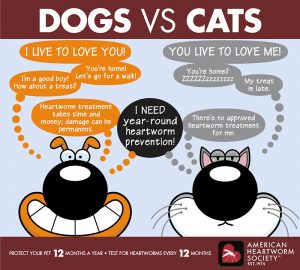
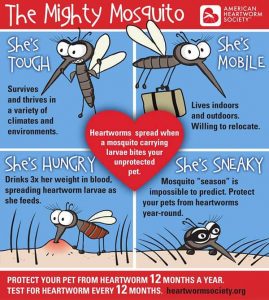
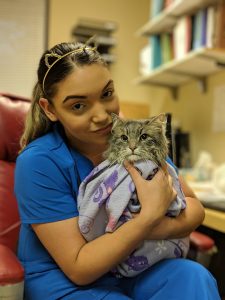
Recent Comments